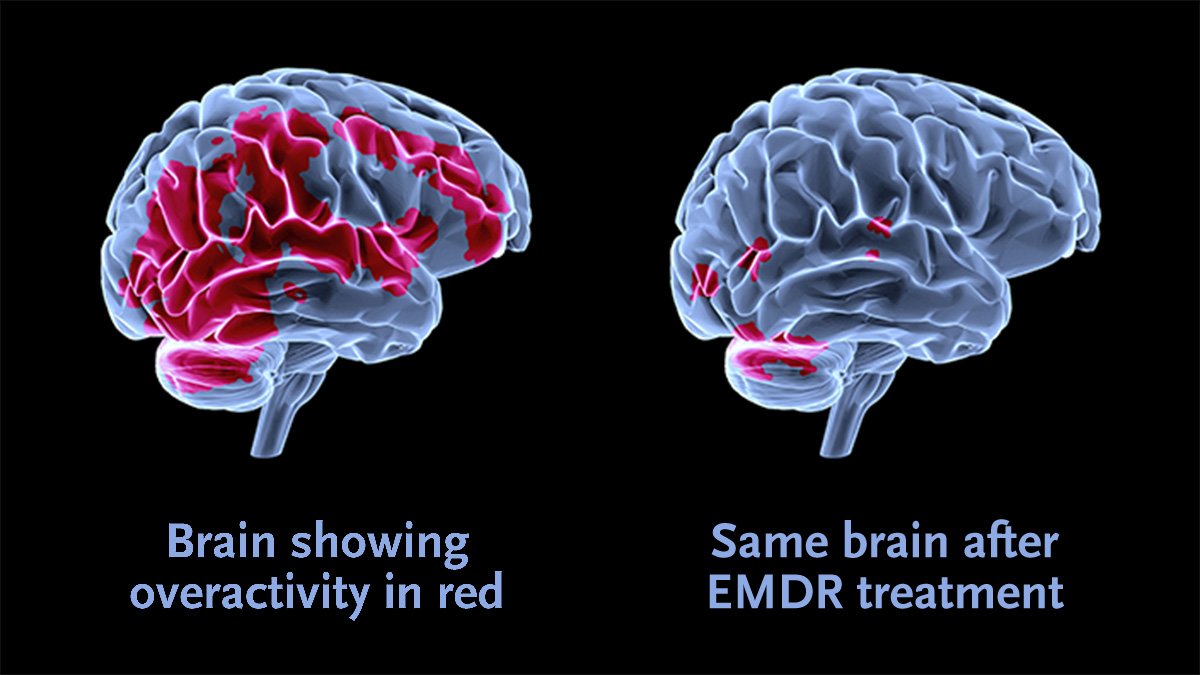Part 4 | The Afterglow: Maintaining Momentum Beyond the Intensive
Healing doesn’t stop when the session ends. In this final post of the Beyond the 50-Minute Hour series, we explore how to sustain progress after therapy intensives. Learn how rest, nutrition, movement, and intentional self-care strengthen the nervous system, support integration, and help your healing truly last.
Part 3 | Measuring Change: Intensives vs Traditional Therapy
Healing isn’t just about “feeling better”—it’s about noticing real, measurable change. In this post, we explore how therapy intensives create faster, deeper results than weekly sessions and how progress is tracked both scientifically and personally. From fewer panic attacks and calmer mornings to lowered SUDs and improved self-belief, you’ll see how the mind and body show healing in ways you can actually feel—and measure.
Part 2 | Inside the Intensive: Modalities That Make Healing Stick
Not all therapy intensives are created equal—and that’s a good thing.
Each person’s nervous system, history, and healing goals are unique, which is why I tailor every intensive to the individual.
At Trauma Wise Healing, intensives weave together bottom-up approaches (that calm the body and regulate the nervous system) and top-down approaches (that bring clarity, understanding, and integration). Before beginning, I use a blend of conversation and clinical screeners—like the PHQ-15, PCL-5, GAD-7, DES-II, ACE, MID v6, and SDQ-20—to get a clear picture of what your brain and body need.
From there, we create a plan that combines evidence-based modalities like EMDR, ART, Somatic Therapy, Parts Work, and CBT/DBT skills—so your brain and body can finally work with each other, not against each other.
When the nervous system feels safe, healing can finally stick.
Part 1 | Beyond the 50-Minute Hour: Why Therapy Intensives Work
If you’ve ever felt therapy ends just as you’re finally getting somewhere, you’re not imagining it. The standard 50-minute hour wasn’t built around how the brain heals—it was built around billing schedules. Therapy intensives change that by offering extended sessions that follow the brain’s natural rhythm of activation, processing, and integration. Backed by neuroscience and trauma research, intensives help clients move beyond surface insights to lasting change, especially for those managing trauma, anxiety, or depression.
It Starts with a Question: Rethinking Screening, Support, and the Stories We Miss
You can’t tell by looking. Class 2 of my PMH-C training reminded me that real care starts with a question—one that opens space for honesty, connection, and hope. From screening and intake to breastfeeding and D-MER, this reflection explores how curiosity, not checklists, can change the postpartum story.
The Myths of the “Happy New Parent”
The “happy new parent” image leaves little room for truth. Many parents feel anxious, disconnected, or overwhelmed after birth — and that doesn’t mean they’re failing.
This post explores common myths around postpartum emotions, how perinatal mood and anxiety disorders actually show up, and why honest conversations matter more than perfect smiles.
A New Chapter: My Journey Toward Perinatal Mental Health Certification (PMH-C)
After eight years of supporting parents through fertility challenges, loss, and the transition into parenthood, I’m beginning a new chapter: training with Postpartum Support International to earn my PMH-C certification.
This blog series will share reflections, research, and personal insights from each class — blending professional learning with lived experience to support anyone navigating conception, loss, or early parenthood.
The Quiet Power of Those Who’ve Done the Inner Work
High-performing doesn’t always mean emotionally grounded. Discover the subtle yet profound traits of those who’ve done the inner work—and why your nervous system feels safe around them.
The Burnout You Can't See: How High-Performers Mask Emotional Exhaustion
High performers often look composed and capable—but beneath the surface, emotional exhaustion can quietly build. Learn how burnout shows up in driven individuals and how therapy helps you recalibrate from the inside out.
Squats and SSRIs: The Real Mental Health Dream Team
Explore how combining fitness with mental health medication can boost wellness. Backed by studies and real-life postpartum experience, this blog highlights why SSRIs and squats are a dream team.
When Dreams Don’t Come True: Reclaiming Meaning Outside the Myth
Not every dream is meant to come true—and that doesn’t make you a failure. Let’s explore what it really means to find fulfillment in a culture that told us our jobs should be our passion.
EMDR Therapy: The Science-Backed Tool for Healing Trauma & Rewiring the Brain
EMDR is a powerful, evidence-based therapy that helps reprocess unresolved trauma and emotional distress—without needing to relive it. Learn how it works, the science behind it, and why it can be used alongside your current therapist to target specific issues and accelerate healing.
When Words Get Watered Down: The Difference Between Clinical Terms and Pop Psychology
Words like "narcissist," "gaslighting," and "triggered" have taken over social media, but are we using them the way they were meant to be used? This blog explores the clinical definitions of popular psychological terms, how they've evolved (or been distorted) in mainstream culture, and why misusing them can cause more harm than good.
When Help Gets Harder to Find: What the Removal of LGBTQ+ Support from 988 Means for Mental Health
Mental health crises don’t discriminate—so why should access to care? The removal of LGBTQ+ specialized support from the 988 Suicide & Crisis Lifeline has sparked concern, not for political reasons, but because of what it signals about how we care for one another.
Therapy, Coaching, and Everything In Between: Who Does What and Why It Matters
Confused about the difference between a therapist, coach, or why some services cost more than others (and aren't covered by insurance)? You're not alone. This blog breaks down what different mental health professionals do, who can legally call themselves what, and what to look out for if you're thinking about working with a coach instead of a therapist.
From Primary Parent to Parenting Partners: Building Equity at Home
What happens when one parent takes on too much? This post explores how shifting from default roles to shared parenting can strengthen your partnership—and your family.
The Things We Don’t Talk About When We Become Parents
The Unspoken Realities of New Parenthood: When It’s Not All Joy
When the Day-to-Day Feels Like Too Much (And You Can’t Explain Why)
Feeling overwhelmed but can’t pinpoint why? It’s not just in your head—and you don’t need a crisis to seek support.



















